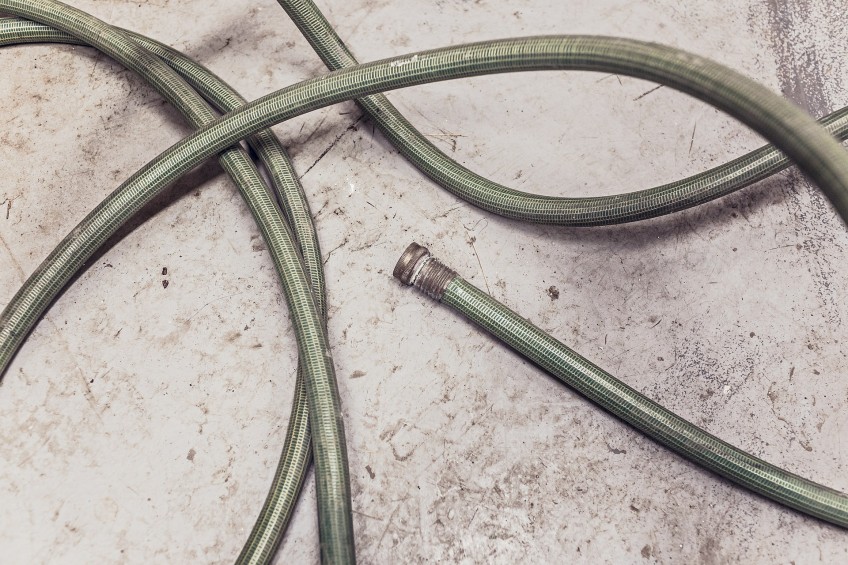Introduction
Contrary to popular belief, concrete is not maintenance free. Areas such as driveways, garage floors, or sidewalks need a good cleaning and sealant every 4-5 years to repel water and keep the surface looking uniform and clean. While not a task most are familiar with, cleaning and sealing concrete is a manageable do it yourself project for most homeowners.
Step by step
This task requires that temperatures remain above 50 degrees for at least 24 hours after completion and that it doesn’t rain for at least 12 hours following completion so careful attention to the weather when planning this task. We recommend starting early on Saturday morning. After prep, the sealant should be ready to apply on Saturday afternoon/evening and ready to drive on by Sunday evening. Note that we have a separate tutorial on how to clean and seal an asphalt driveway if you need that instead.
- Prep the Area
Start by clearing any grass or weeds that have grown in the cracks or seams and treat with weed killer. Use a broom to clear large dirt and debris.
If treating your driveway, don't forget to move any vehicles to the street and to block off the entrance so no one drives in during the next couple of days. - Treat Oil Spots
Treat any oil stains with a good quality stain remover, as listed in the material section. Apply the liquid to a stain, let it dry for a couple hours and sweep it away. - Repair Cracks
Repair any small cracks as needed by filling them with a good crack sealant such and a caulking gun. Apply this product to the crack and allow 4 hours to cure.
If any areas have large cracks, or cracks that have grown worse over time, it is likely an indication of a deeper problem. Possible causes include excessive water, drought, or tree roots. Do not ignore these and they’ll only get worse! Consult a local professional specializing in concrete and foundation repair for these type of problems. - Treat Mold & Mildew
Use a mixture of 1 part bleach to 3 parts water and a nylon brush to scrub any areas that show signs of mold or mildew. - Powerwash
Powerwash the entire surface to thoroughly clean. Allow to completely dry. - Apply the Sealant
Once the area is dry and any crack sealants have cured, you’re ready to seal the surface. Stir sealant rather than shake it to avoid air bubbles. Sealants can be applied either with a roller or a pump sprayer and roller. We recommend the SEAL-KRETE® line of products. Their Clear-Seal Concrete Protective Sealer is a good option for most surface types. See the materials section for links to good option.
Roller Method: Dampen roller, remove excess water, then saturate roller with product. Keep a wet edge while rolling. Do not allow to puddle, foam or run. (Use a 1/4” nap for smooth surfaces, 3/8” nap for rough or porous surfaces.)
Pump Sprayer Method: Set at a fine spray and apply using a circular motion. To eliminate puddling or to achieve a more uniform finish, backroll with the appropriate roller (see above) immediately after spraying. Avoid bubbles throughout the application. - Apply a Second Coat (for glossy finishes)
If a more uniform and glossy finish is desired, complete a second coat 2 hours after the first coat. - Let it Cure
Allow the sealant to cure for 24 hours before driving on the surface. Make sure the temperature stays over 50 degrees during this time and that the surface remains dry for at least the first 12 hours. - Mark Complete
Nice job. Check this off in My Tasks and we'll remind you to complete again in 3 years.




